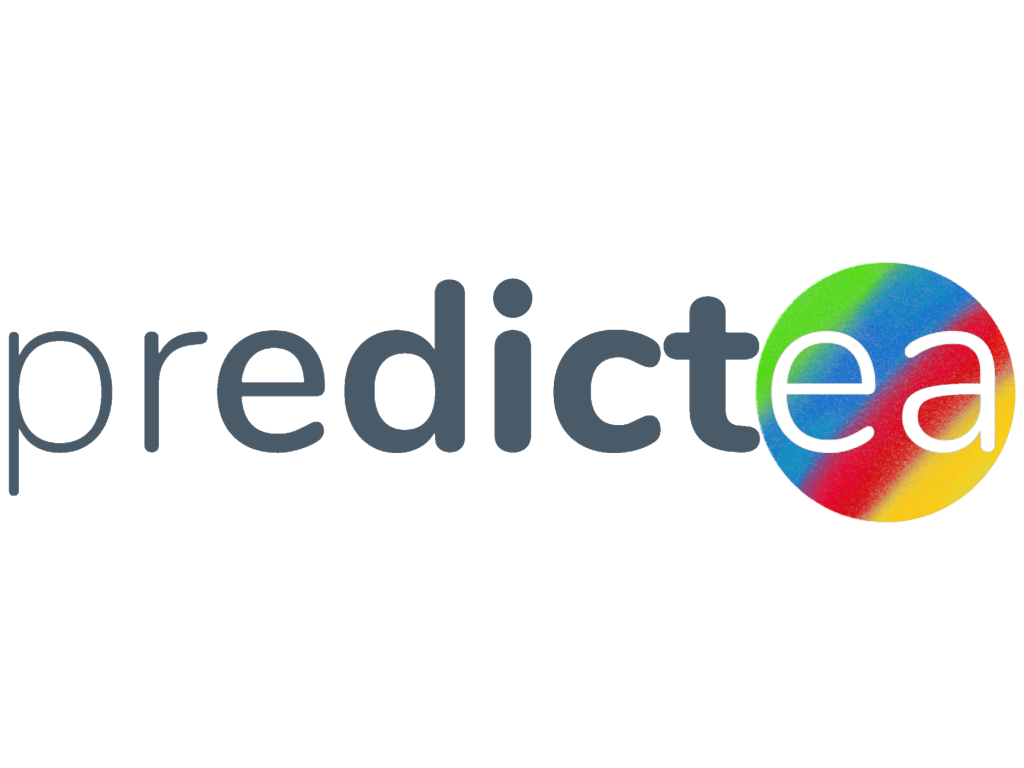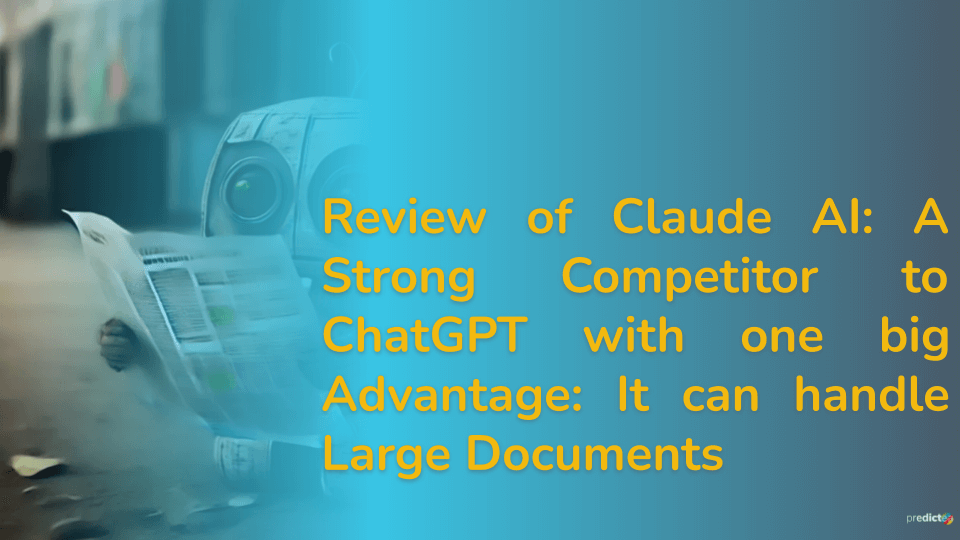Introduction
As AI chatbots like ChatGPT spark debates about safety and ethics, a new contender has emerged – Claude by Anthropic. This San Francisco startup has taken a unique approach to developing Claude’s intelligence responsibly. Using “Constitutional AI”, they’ve trained Claude on principles from foundational documents like the Universal Declaration of Human Rights and Apple’s terms of service.
Claude can summarize long texts, answer complex questions, and converse naturally. It makes judgments based on Constitutional principles and modern policies such as ethics, privacy, impersonation, etc… Claude 2 is recently launched, in the USA and UK, Claude aims to push AI boundaries while avoiding harmful, dangerous, or unethical content.
Trained on much more recent data, Claude handles longer prompts than GPT 4. Claude can handle 75k words (100k tokens) whereas GPT 4 can do only 32.7k tokens. Claude also outscores GPT-4 in Python coding (71.2% vs 67% on Python Eval) and maths tests (88.0% vs 85.2% on grade school problems).
This blog will explore Claude’s 5 capabilities that are most appreciated over the GPT 4
Sign up to Claude
Currently, Claude is directly accessible, only from the USA and UK, but it is possible to use a VPN and get the access if you live outside. Here is the link to Claude login page. You just have to follow a few steps to sign up, which are really simple.
Claude’s summarization ability
Claude has a strong ability to summarize diverse documents by distilling the core arguments and ideas without superfluous information or subjective bias.
The key strengths highlighted include:
- Summarizing different text types and topics objectively
- Identifying central arguments and conclusions
- Filtering out unnecessary details
- Tailoring summary length as needed
- Avoiding injection of opinions or bias
While capable in many cases, Claude has some limitations in summarizing complex documents that require deeper subject knowledge or a more nuanced understanding of language.
The key weaknesses include:
- Struggling with highly technical or esoteric topics
- Inaccurately summarizing complex narratives
- Missing implied meanings and subtle context
- Inability to process graphical information
- Sacrificing nuance for brevity in condensing text
- Lacking human-like understanding of subtext and linguistic nuance
The following example shows its ability of summarization of a PDF document consist of, 4992-word article, in to 5 key points.
Claude’s capabilities in analyzing and comparing
Claude has effective current capabilities in comparing multiple PDF documents by identifying text/formatting similarities and differences, though limitations remain in processing complex visuals and making conceptual connections.
Claude:
- Can input multiple PDFs and extract/recognize text, tables, images
- Highlights identical, unique, and paraphrased passages across PDFs
- Compares numerical data and tables to spot matches and inconsistencies
- Produces summaries outlining key commonalities and differences
- Functions best with text-based rather than highly visual PDFs
- Works optimally when PDF topics are related rather than unrelated
- Does not make high-level conceptual connections from comparisons
- Useful for pointing out key PDF similarities and differences
The following example, compares 2 dummy CVs of a Data Analyst and a Data Scientist. It demonstrates the Claude’s capabilities in analyzing and comparing
Claude’s ability to efficiently read and parse CSV files
Claude has robust capabilities for analyzing CSV files and extracting insights through statistical analysis, visualization, and modelling.
Claude can:
- Efficiently handle large CSV datasets
- Interpret data by understanding column meanings
- Summarize data distributions statistically
- Aggregate data to identify trends and relationships
- Visualize data for intuitive insights
- Build ML models to uncover patterns
- Proficient with Python data analysis libraries
- Find correlations between columns
The following example, demonstrates Claude’s ability to handle CSV files. We fed a sample employee records data of a dummy company.
Claude’s math capabilities
While proficient in solving reasonably complex math problems across domains, Claude lacks advanced theoretical math and human-like ingenuity for finding creative solutions.
Claude is:
- Proficient in core mathematical concepts and logical reasoning
- Able to provide step-by-step workings and explanations
- Skilled across diverse domains like algebra, geometry, statistics etc.
- Translating word problems into mathematical equations
- Struggling with highly advanced theoretical math concepts
- Not so accurate of very complex multipart problems
- Dependent on clear problem phrasing
Here is an example of Claude’s mathematical capability .
Claude’s Python coding ability
Claude does not actually have independent Python coding abilities. Its coding suggestions come from my conversational training, not technical programming skills.
Claude:
- Is in natural language, not programming.
- Can only provide high-level suggestions based on conversations.
- Cannot write or improve code myself.
- Code examples come from training data, not my own skills.
- Conversational AI still has limitations in technical contexts.
- AI specialized in coding would be better than general conversational AI like Claude.
But still you can upload a script to Claude and request to explain the code to you, ask for suggestions to improve the code and correct errors and modify it. And it will do a pretty good job.
Example1:
Example2:
Example3:
# Import libraries
import pandas as pd
from textblob import TextBlob
# Load dataset
df = pd.read_csv('reviews.csv')
# Preprocess text
df['Text'] = df['Review'].apply(lambda x: x.lower())
df['Text'] = df['Text'].apply((lambda x: re.sub('[^a-zA-z0-9\s]','',x))
# Perform sentiment analysis
df['Polarity'] = df['Text'].apply(lambda x: TextBlob(x).sentiment.polarity)
df['Subjectivity'] = df['Text'].apply(lambda x: TextBlob(x).sentiment.subjectivity)
# Label sentiment
df['Sentiment'] = df['Polarity'].apply(lambda x: 'positive' if x>0 else 'negative' if x<0 else 'neutral')
# Output analysis
print(df.groupby('Sentiment').count())
print(df.groupby('Product').mean()['Polarity'])Conclusion
In conclusion, Claude demonstrates impressive skills in analyzing diverse documents like PDFs, Word files, and CSV data. Its natural language processing algorithms allow Claude to read and comprehend free-form text. Combined with its knowledge of common document structures and formats, Claude can extract key pieces of information from files. Whether it is identifying keywords in a report, pulling out tables from a financial statement, or summarizing trends in a CSV dataset, Claude handles the task with ease. With continuous improvements to its deep learning capabilities, we can expect Claude to become even more adept at unlocking insights from documents. This will make it an invaluable assistant for knowledge workers and business analysts who deal with large volumes of documents daily. The future looks bright for document analytics with Claude!


